Have you seen geysers in Iceland? We recently visited the Haukadalur geothermal area with the Strokkur and Geysir geysers. Wandering around here is a bit like walking on another planet, with smoke and bubbles all around you. Plus, you can be sure to see Strokkur's eruption - several times.
Table of contents
Golden Circle part 2
On one of our days in Iceland, we did the classic "Golden Circle" tour, which takes you to three major sights in Iceland: Gullfoss waterfall, Þingvellir National Park and the geysers Strokkur and Geysir. We had great weather during the trip and took lots of photos, so we'll just have to make it three posts. Today we're talking about geysers in Iceland and the geothermal area of Haukadalur.
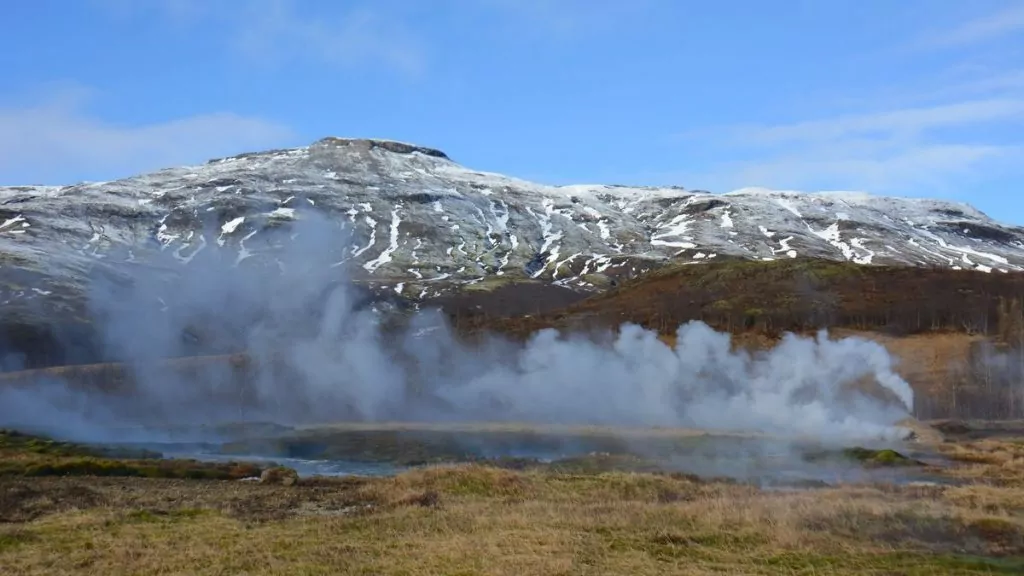
Geyser area in Haukadalur
The Haukadalur valley was first mentioned in 1294, when the Geysir geyser is believed to have become active. The geothermally active area also contains the Strokkur geyser, as well as around 40 smaller hot springs and smoking openings in the earth's crust. "Coming here is really cool. It fizzes and bubbles everywhereand it almost feels like walking around on another planet.
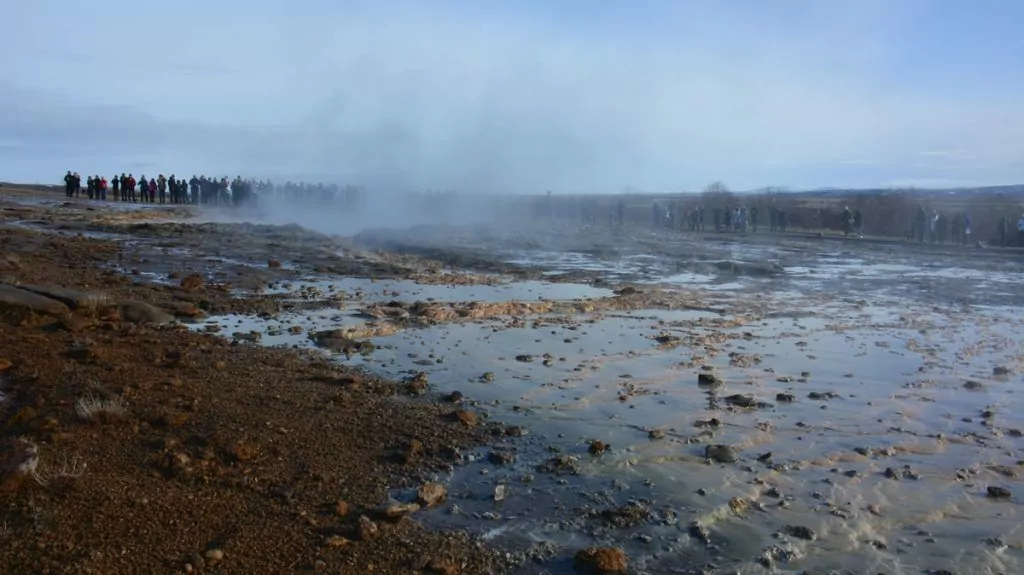
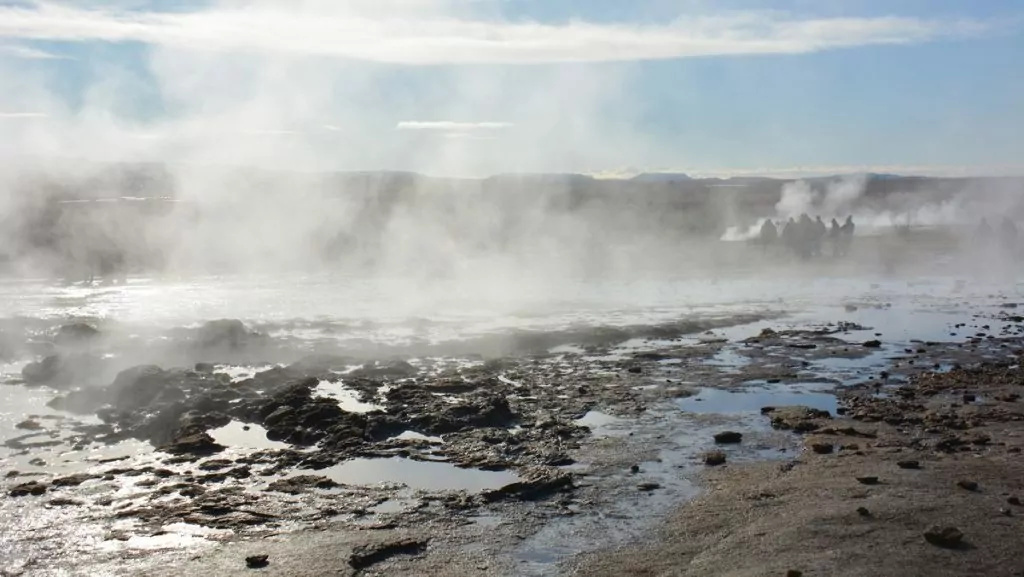
Little Geyser and King's Eye
Two of the springs you can see are Litli Geysir (Little Geyser) and Konungshver (King's Spring). The first one is smoking heavily while the second one is more still and shiny.
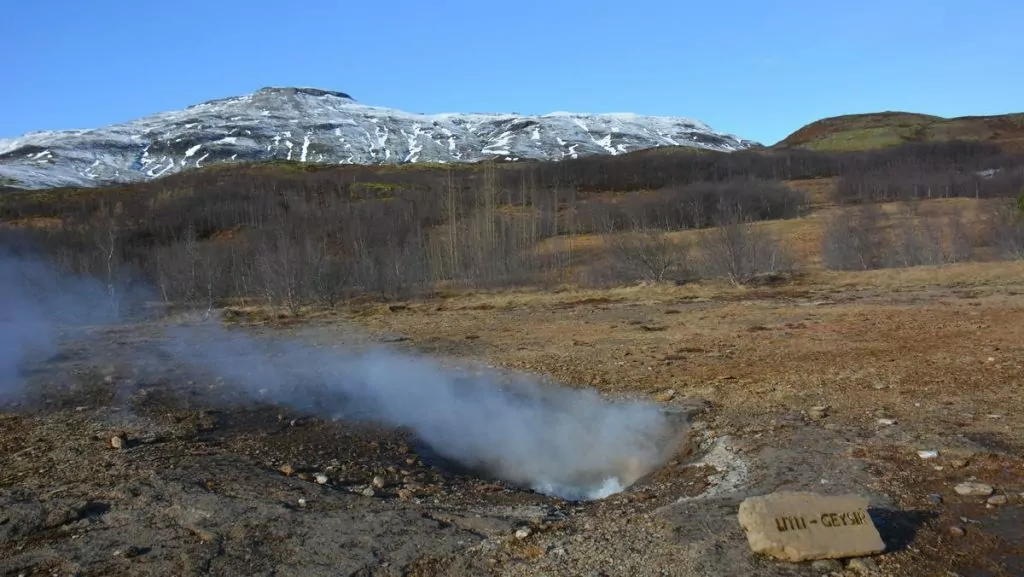
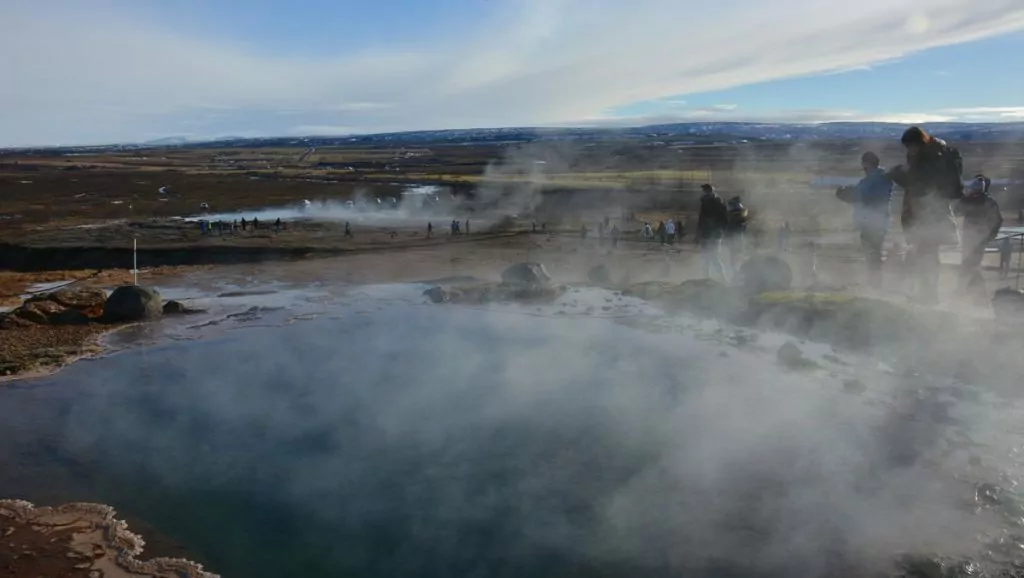
Geyser
Studies show that Geysir has been active for around 10,000 years, and according to a description from 1630, the geyser's eruptions could be 'so violent that the whole valley shook'.
When Geysir erupts, it sprays water and steam 70 metres (!) into the air. Geysir's eruption seems impressive, but you have to have extremely ride or be equipped with unusually patience. This geyser only erupts a few times a year. Our guide told us that he was once half an hour away from an eruption, and that alone should be considered unusually close ...
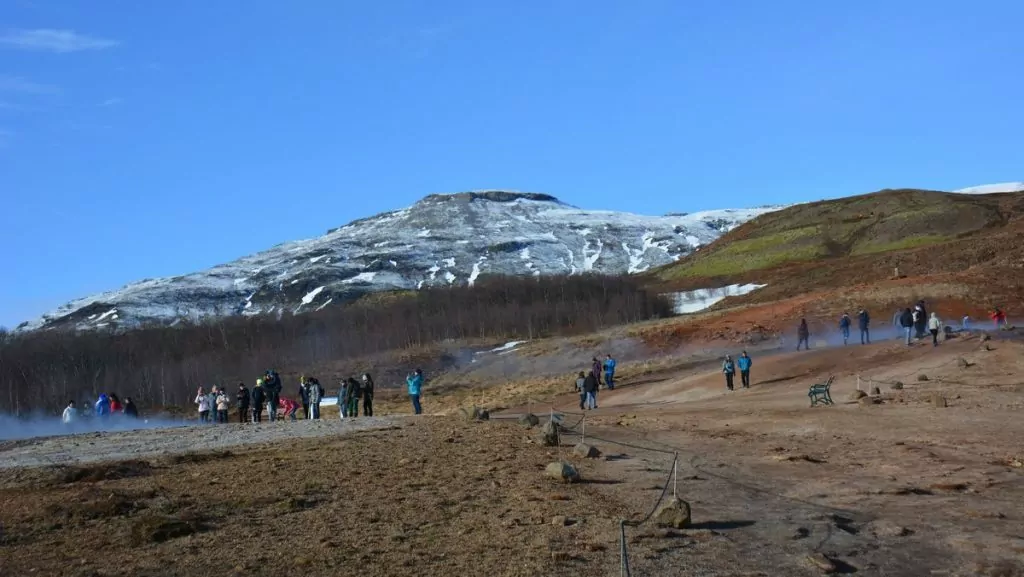
Strokkur
Located about 50 metres from Geysir, the Strokkur geyser is very good for Iceland's tourism. This geyser sprays "nicely and obediently" about every 5 to 10 minutes. So you don't have to wait long at all to see a spraying geyser. However, you do have to push your way through all the other eager tourists!
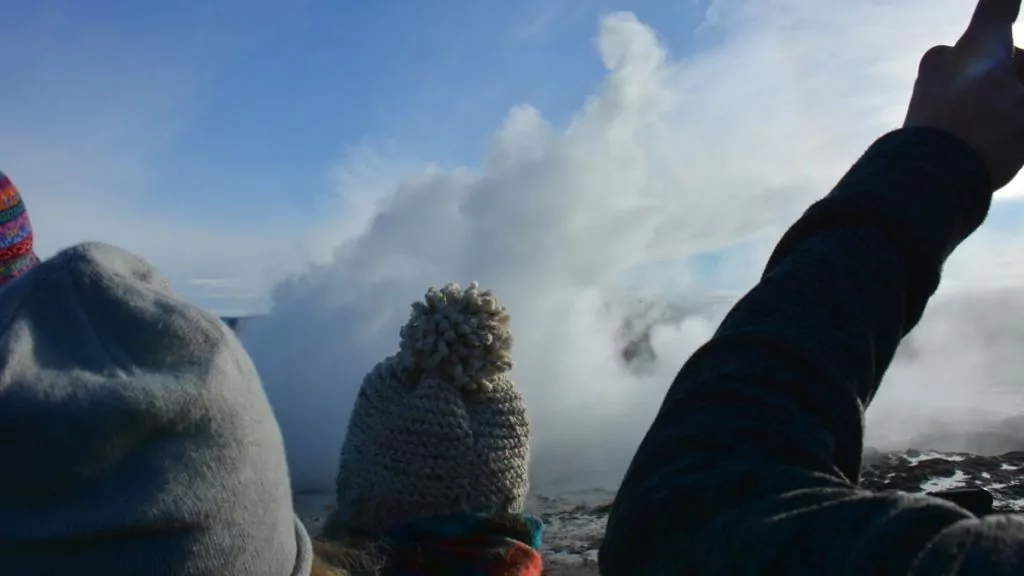
Strokkur was first mentioned in 1789 when an earthquake opened a channel and the geyser became active. The geyser then continued to erupt regularly until 1896, when another earthquake brought it to a halt. In 1963 the channel was manually cleared and since then the geyser has been erupting regularly. Strokkur usually sprays about 15-20 metres into the air.
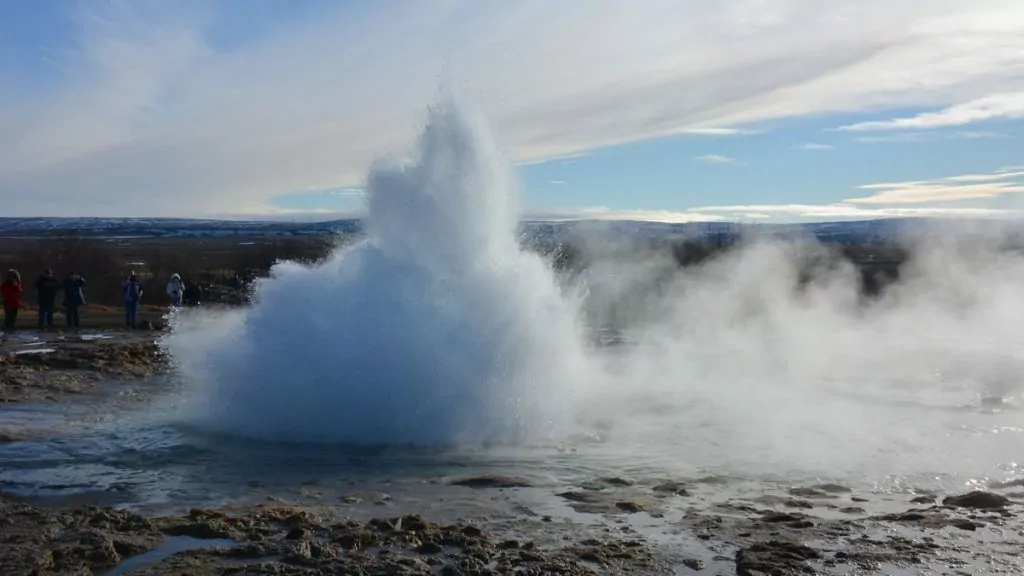
Lunch at Efstadalur II
When you look at geysers in Iceland, you get hungry! We were fortunate enough to have a guide who took us to a place called Efstadalur IIwhich is 17 kilometres from Haukadalur. Soooo incredibly cosy!
Handed down from generation to generation, this family-run place is both a farm and a restaurant. It also has a famous ice cream parlour. Perhaps coolest of all is that you can sit up in the restaurant and look down on the cows in the barn through a large glass wall.
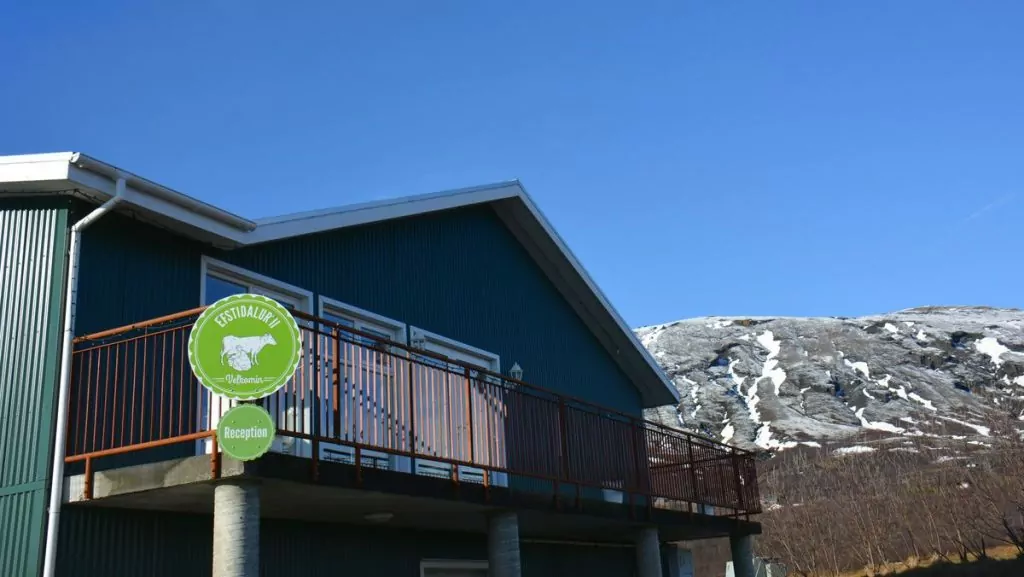
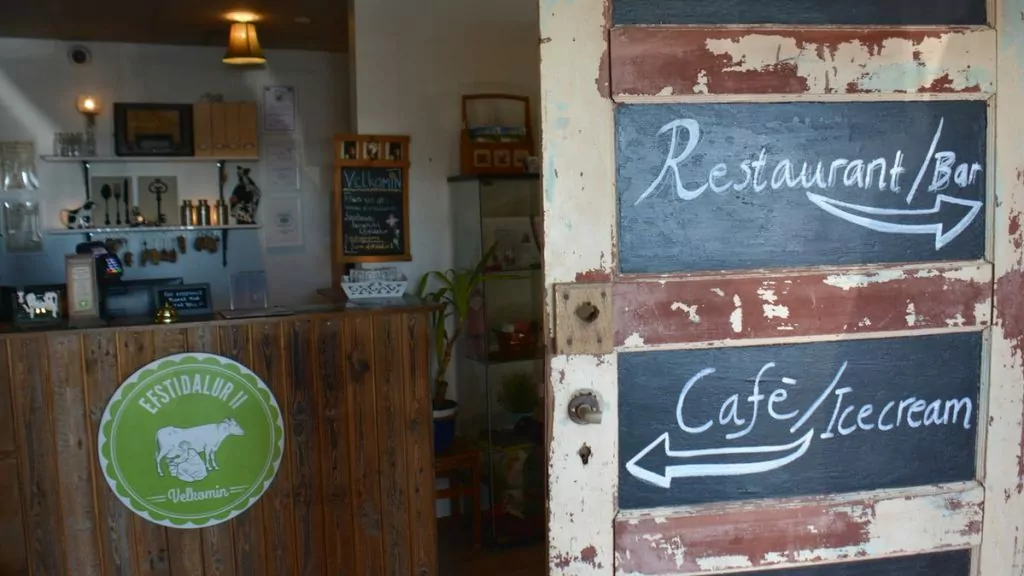
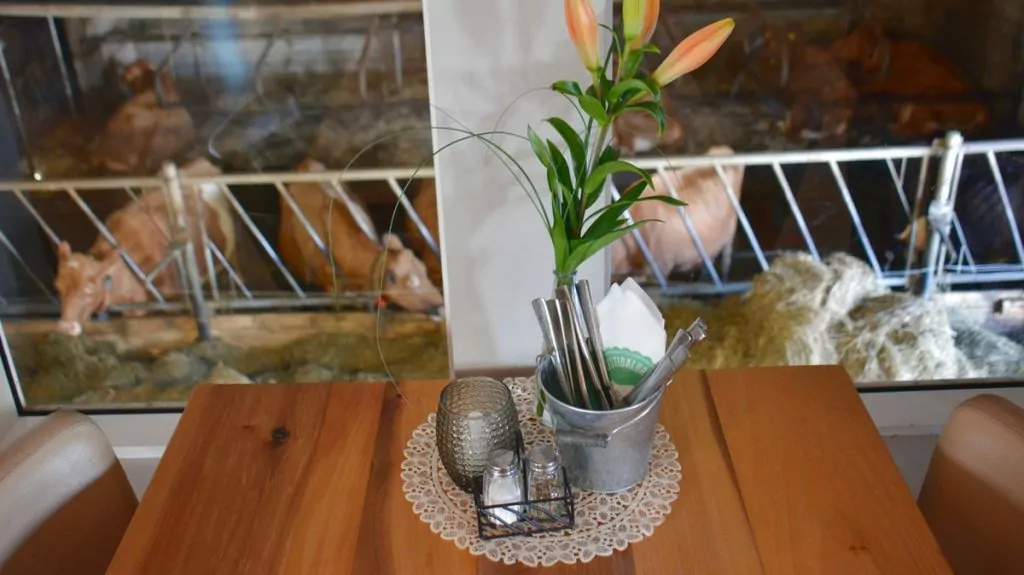
We were first served some small specialities typical of farmhouse Iceland: traditional skýr (Icelandic milk product) mixed with milk, drinkable whey and a cheese similar to feta cheese. Then we had a delicious meat soup. For dessert there was of course ice cream, and it was really good. It is almost so you can go to Iceland just for the ice cream!

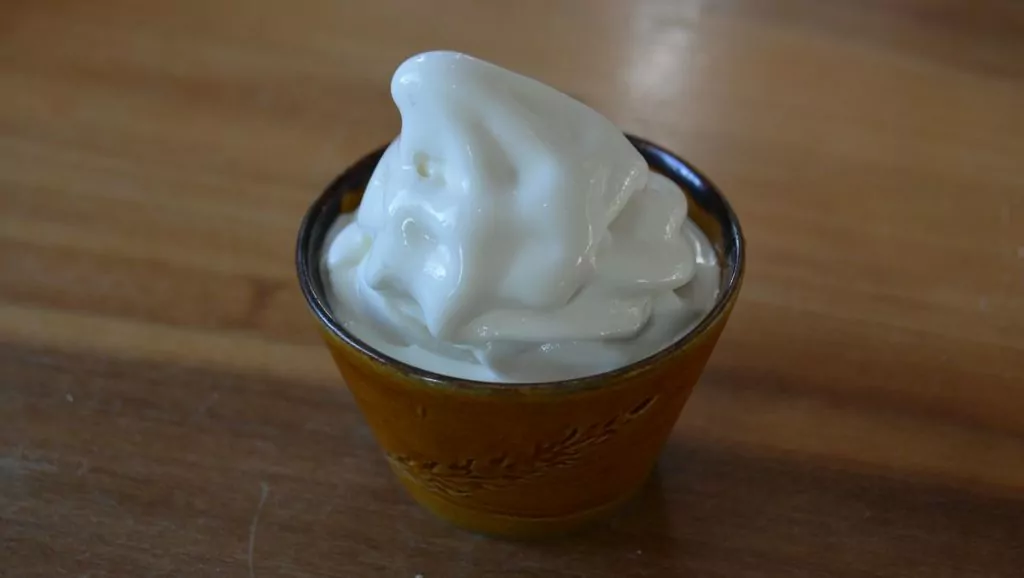
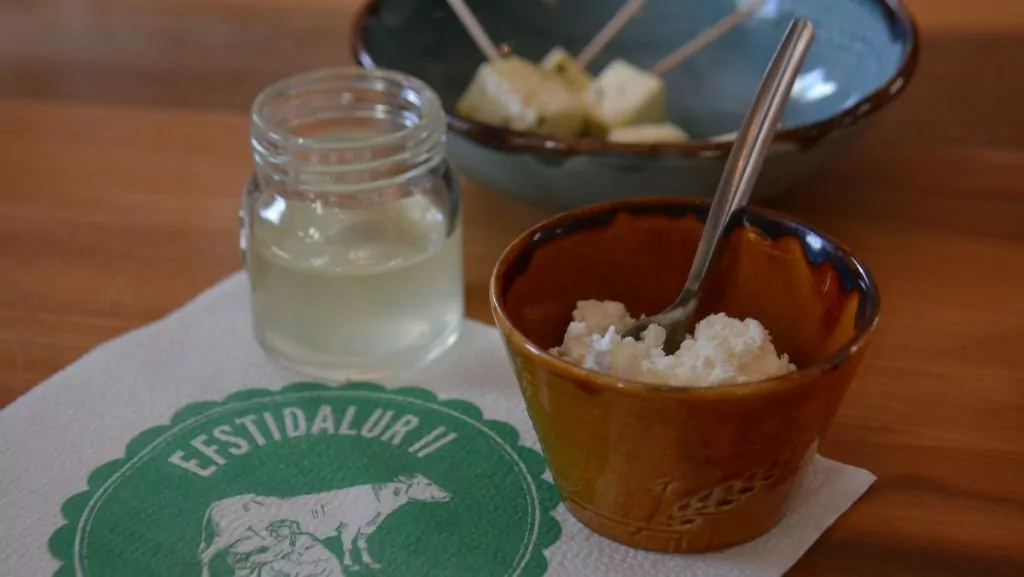
Why is it called a geyser?
The largest geyser in Haukadalur is called Geysir, and it is actually the source of the name geyser in both Swedish and English. Geysir was the first geyser to be mentioned in writing, making the phenomenon internationally known. In Icelandic, the verb 'geysa' means something like 'rush forward', 'plunge forward' or 'throw out'.
Where in the world are geysers?
Geysers are a very special natural phenomenon, and there aren't many places in the world where geysers are found. After some googling, we have found that geysers are mainly found in Iceland, Yellowstone National Park in the USA, New Zealand, the Kamchatka Peninsula in Russia and Chile, but there are also occasional geysers in other places. We have previously seen geysers in the geothermal area of Rotorua in the North Island of New Zealand.
Have you ever seen a geyser? In Iceland or elsewhere?
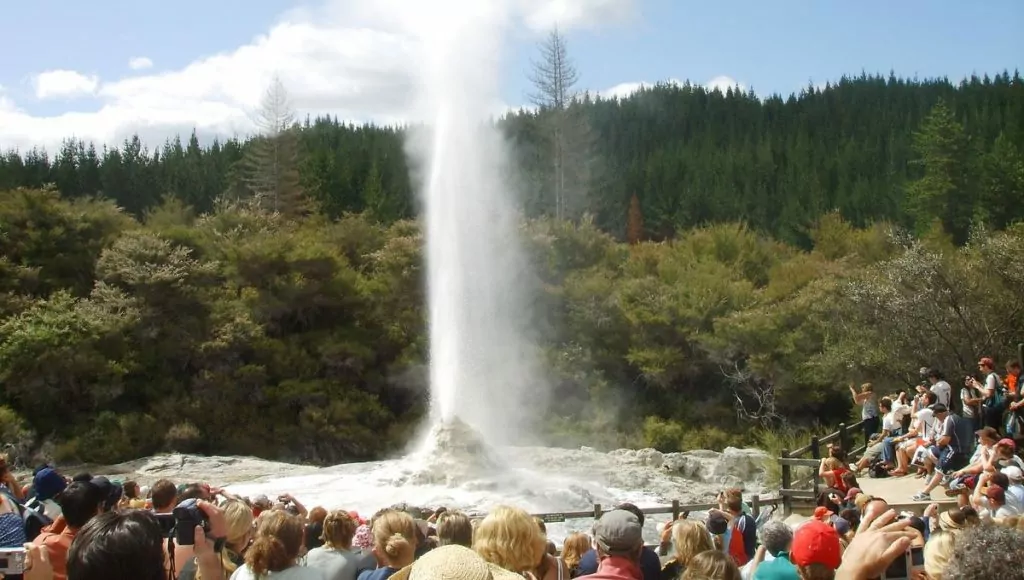
Geysers in Iceland - Some tips for your visit
Checking out geysers is very popular in Iceland, and you should be prepared that you won't be alone at the site. Some more tips for your visit:
- It is often rainy and windy in Iceland. Pack a hat, mittens and wind and rainproof clothing!
- Respect warning signs and fences. They are there for a reason!
- Resist the temptation to stick your fingers in and feel the water in the various springs. The can be a lovely 38 degrees, but they might as well be 90 degrees ...
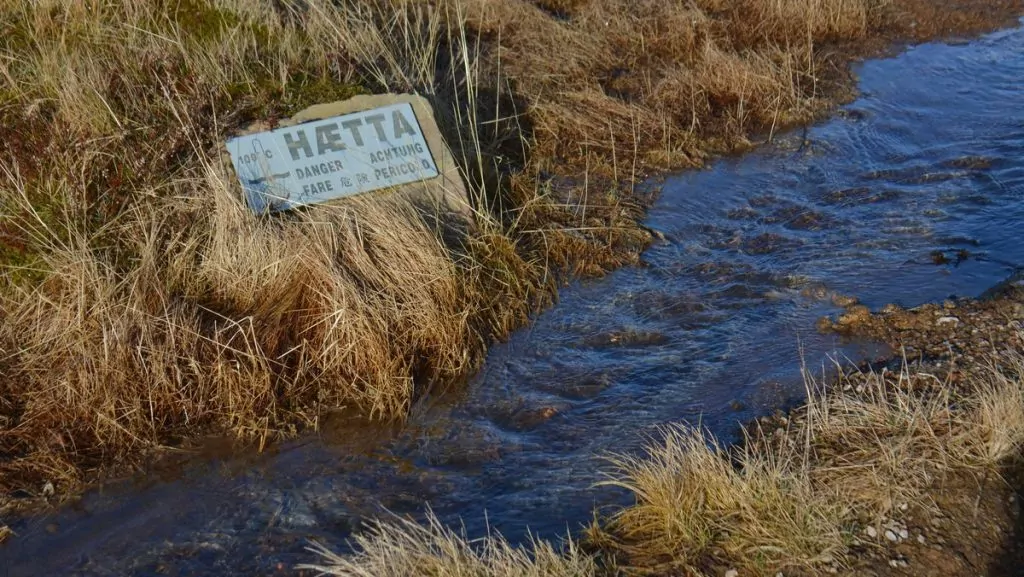
Weekend in Reykjavik - some highlights
Here is a greeting from our weekend in Reykjavik! We have been through a lot during...
What do you pack for Iceland?
What to pack for Iceland? We are only a few days away from travelling to Iceland for...
Reykjavik sights - self-guided city tour
Reykjavik's attractions, what are they? When we were recently in Reykjavik, we had a hectic schedule,...
Some reflections from Iceland
Today we offer some reflections from Iceland. We have pretty much finished reporting from...
The Icelandic Phallological Museum
This is probably the strangest museum we have ever visited. The Icelandic Phallological Museum is located...
The Icelandic language
As I've told you before, I spent a year in Iceland, and learnt that...
Exchange student in Iceland 1992
I was asked to tell you a bit more about my year as an exchange student in Iceland....
There are 13 Santas in Iceland
Writer: Helena Bergström Icelanders have 13 Santas! Wow, that's a lot of presents you might think... But...
12 volcanoes in Iceland - dramatic facts
Updated 2023 Have you experienced any of the dramatic volcanoes in Iceland? The landscape in Iceland is...
Travelling by motorhome in Iceland
What is it like to travel by motorhome in Iceland? We recently wrote a post about...
Gullfoss in Iceland - The Golden Circle and its waterfalls
Gullfoss in Iceland is an incredibly dramatic waterfall that can be seen during the Golden Waterfall tour....
Fish Market in Reykjavik
We had a magical dining experience yesterday at the Fish Market restaurant in Reykjavik. We ate the most...
Around Iceland by car - 9 places you must see
Have you thought about travelling around Iceland by car? Recently, we've seen...
Icelandic traditions: Christmas celebrations and Þorrablót
Today on FREEDOMtravel we will be talking about Icelandic traditions. A while ago I wrote...
Iceland - Land of storytelling
Guest writer: Mia Ulin Iceland is worth staying on for days or weeks, but if you have...
Food and Fun Reykjavik Festival - Iceland's gourmet week
The Food and Fun Reykjavik festival is definitely a reason to visit Iceland's capital during February/March....
What do you eat in Iceland? - 15 Icelandic specialities
What do you actually eat in Iceland? We list 15 Icelandic specialities and share our experiences...
Excursion to the island of Viðey in Iceland - 1000 years of history
The island of Viðey in Iceland is located just outside Reykjavik and is easily reached by a short boat journey. In summer...
Þingvellir National Park in Iceland
Þingvellir National Park in Iceland is a fascinating place, whether you are interested in nature, geology,...
14 things to see and do in Reykjavik
Here are some tips on things to see and do in Reykjavik. The Icelandic capital is...
Fish Company in Reykjavik
Today we are going to tell you about another great fish restaurant here in Reykjavik, the Fish Company. Yesterday...
Reykjavik - a city of contrasts
Today we present a guest article Reykjavik is the capital of Iceland and a very interesting city. It...
Facts about Iceland - 30 things you (might) not have known
Writer: Peter Bergström Today we offer you facts about Iceland - 30 things you (might)...
Activities and tips on things to do in Iceland
Today we present a guest article Iceland is a country filled with activities to explore,...
Blue Lagoon in Iceland - guide for your visit
The Blue Lagoon in Iceland offers a cosy and relaxing spa in geothermal hot water. Although...
Iceland Fever - 5 reasons to love Iceland
I'm not even interested in football and yet I was glued to the England game...
Horse riding in Iceland
Today it was time for our long-awaited horse riding trip in Iceland and we woke up to ... windy...
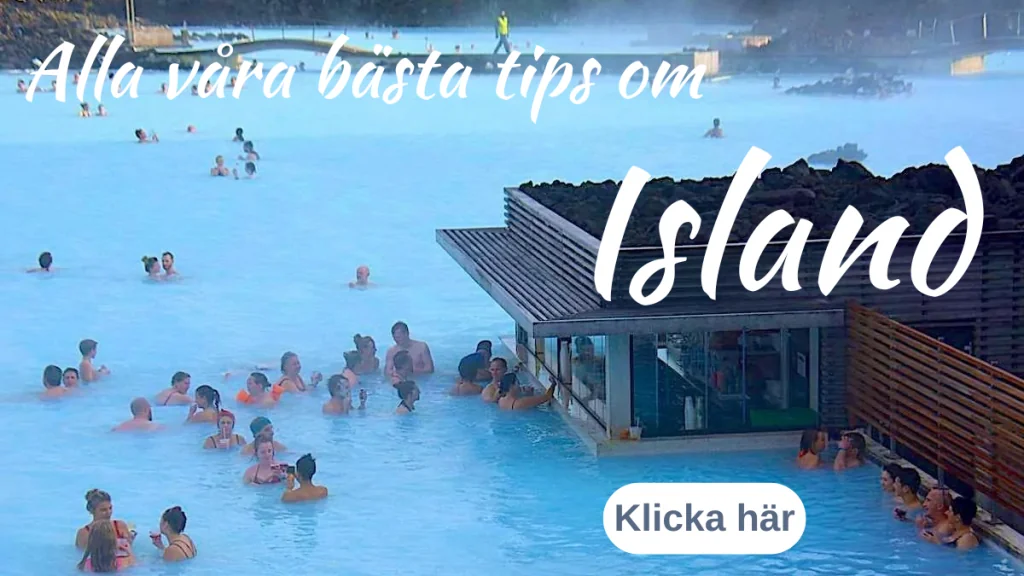
Facts about Geysir and Strokkur
- Find here: Geysir and Strokkur are located in Haukadalur, north of Laugarvatn in southern Iceland. There are two different routes from Reykjavik, one of which is 106 kilometres and the other 115 kilometres. These are regular roads all the way, and you don't need four-wheel drive. You can travel to Iceland by, for example Icelandair.
- Opening hours: The geothermal area is part of nature and does not close. The opening hours of the visitor centre including the café may vary.
- Prices: There is no charge to visit the geothermal area. There is a café where you can shop.
- Accessibility: It is a few minutes' walk from the car park to the springs. You walk in a natural environment, on slightly uneven ground.
- Read more: You can find more information at Inspired by Iceland.
This trip was a press trip, organised by Icelandair and the Food and Fun Reykjavik festival. All texts, photos and opinions are, as usual, our own.


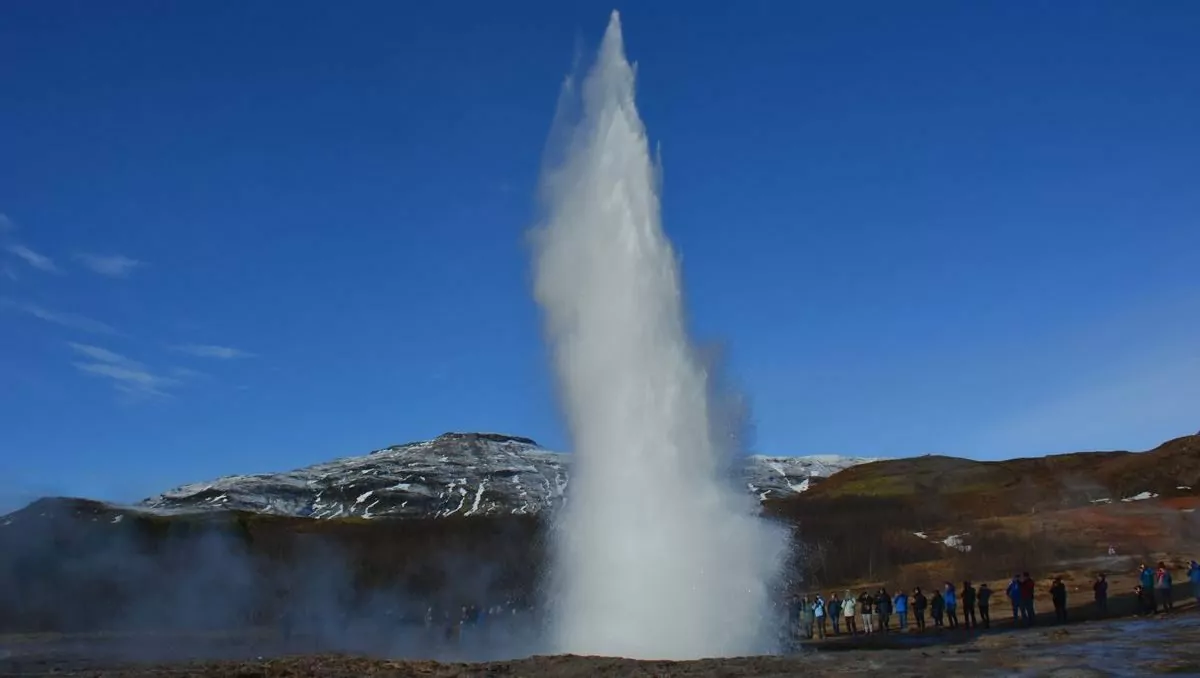






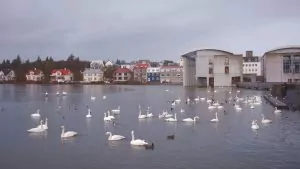
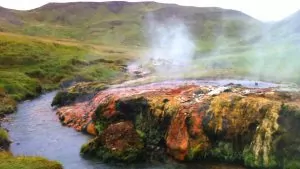
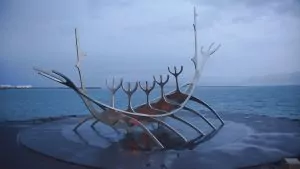
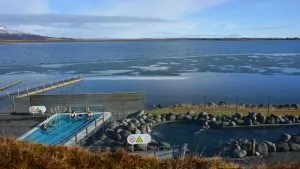

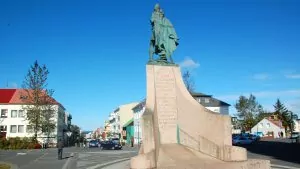
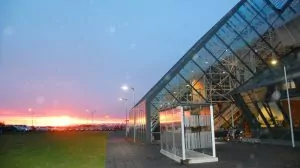
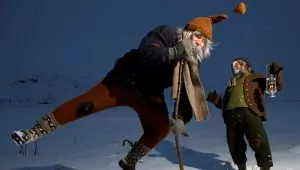
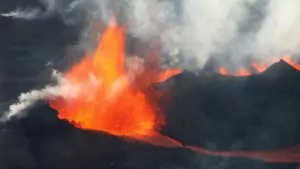
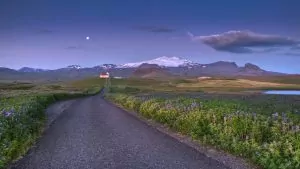
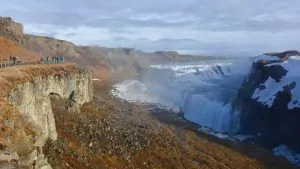

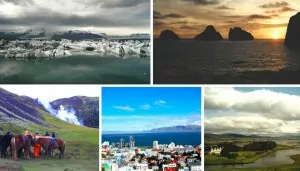
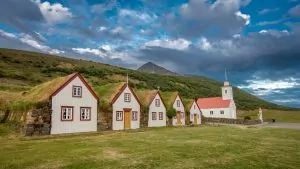



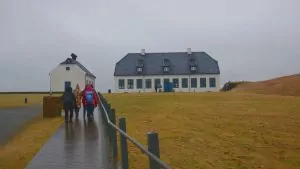
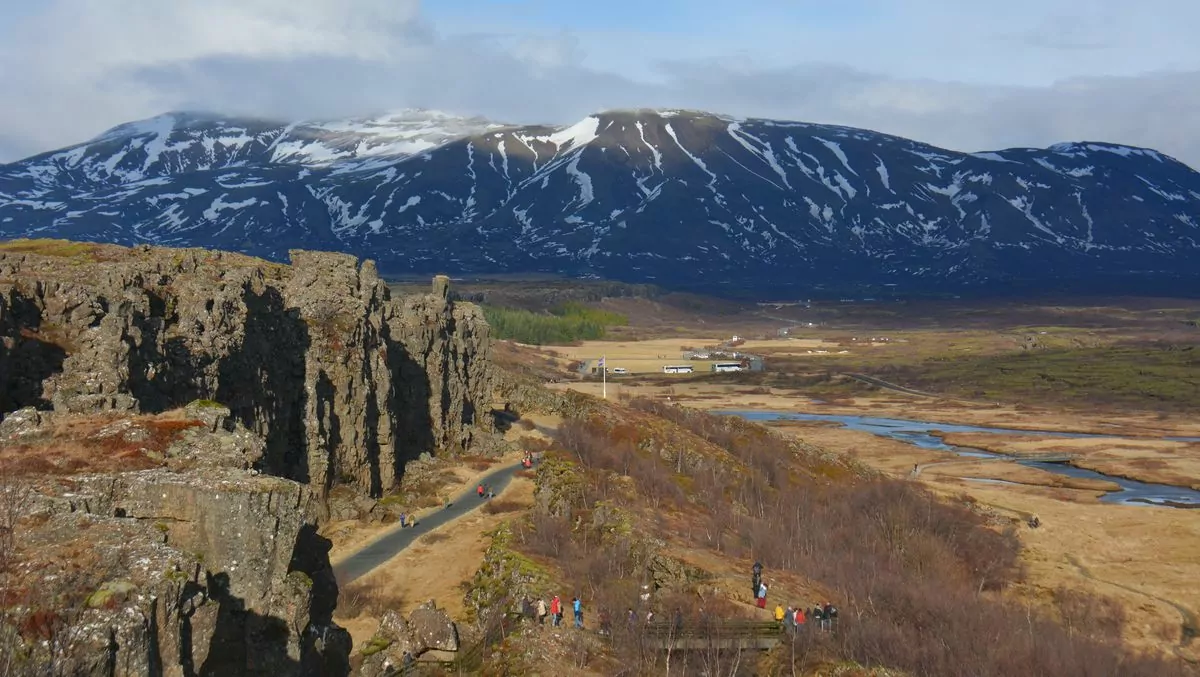
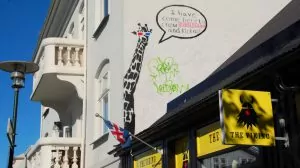

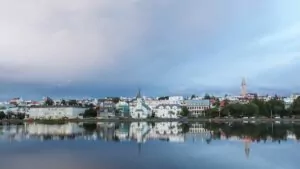
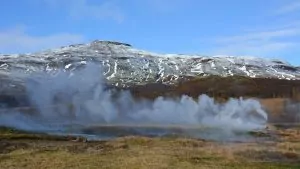
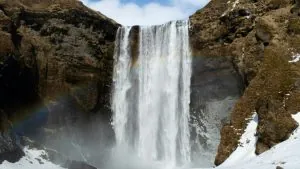
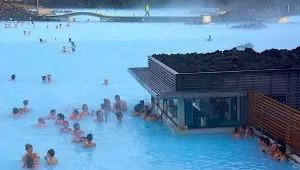
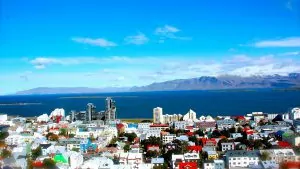
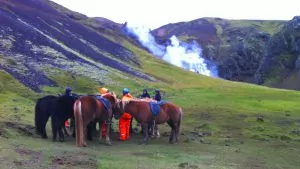
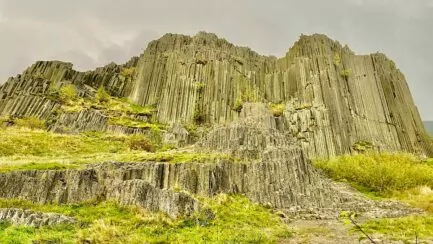
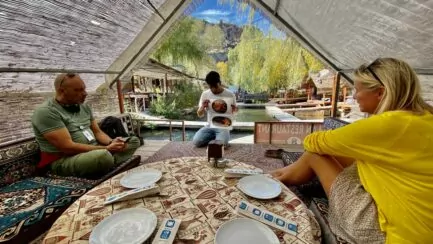
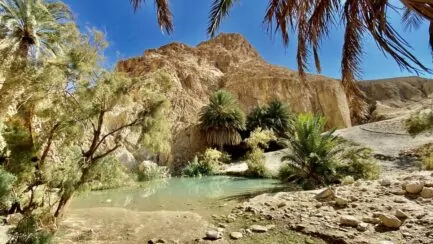
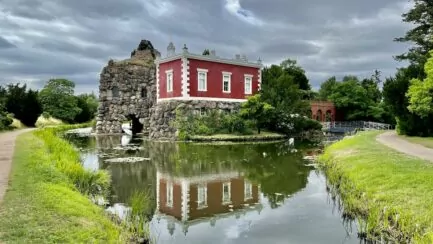
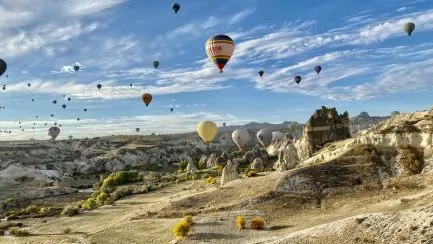
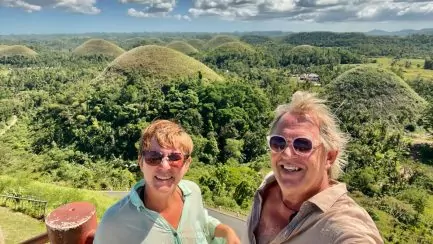



Lindha says:
The environment and nature are absolutely magical in Iceland. It must be 10 years ago and I was there and get so hungry to go there again 🙂.
10 March 2019 - 7:39
Helena says:
Iceland is amazing, and not least the nature of course!
10 March 2019 - 9:16
diana's dreams says:
Thanks for the great tips, maybe Iceland this year as I got a lot back on the tax..hugs
10 March 2019 - 9:02
Helena says:
Why not? Iceland has a lot to offer 🙂
10 March 2019 - 9:17
Ama de casa says:
They are cool geysers 🙂
The places where we have seen geysers that I can think of are in Iceland, Hawaii and in Yellowstone. We stayed in a (very expensive) hotel right next to the geyser "Old Faithful" in Yellowstone one night. It probably got its name because of its reliability with eruptions about once an hour. At the reception there was a timetable so you could plan when you wanted to go and look at sprutur-markur (as I call geysers with my homemade Icelandic 😉 ).
10 March 2019 - 10:15
Helena says:
Haha, like your homemade Icelandic! And perfect with the timetable! 🙂
11 March 2019 - 6:27
Lena - good for the soul says:
What a cool phenomenon that is. Would love to take part in the Icelandic nature sometime!
Hug Lena
10 March 2019 - 12:08
Helena says:
Iceland is amazing! 🙂
11 March 2019 - 6:28
BP says:
WOW! I don't know why, but I couldn't help but think of March actually. There was nothing wrong with the food either. To say the least, the view is... different;-)
10 March 2019 - 16:13
Helena says:
Yes, it's easy to think of another planet, I think ...! 😉
11 March 2019 - 6:28
Britt-Marie Lundgren says:
I guess I'll just repeat yesterday's comment:
Wonderful pictures from an amazing nature we just have to plan a trip to!
10 March 2019 - 18:07
Helena says:
Glad you like the pictures Britt-Marie! Grateful to photograph! 🙂
11 March 2019 - 6:29
Lennart says:
We spent a week in Iceland and found it just right.
We travelled around Route 1.
Now we have made Iceland, we think.
10 March 2019 - 18:13
Helena says:
If you have travelled around, msn has seen a lot! 🙂
11 March 2019 - 6:29
Laila MA - Around the Equator says:
Nice descriptions and pictures of Iceland. I have only stopped over there and have the country on my list of upcoming destinations 🙂 .
16 March 2019 - 9:27
Helena - Oh darling, let's be adventurers says:
Geysers are cool! Didn't see any in Iceland when I was there, but in Yellowstone in the USA.
19 March 2019 - 13:28
Elvis says:
ehhhhh I only see samm
a thing
18 April 2023 - 12:56